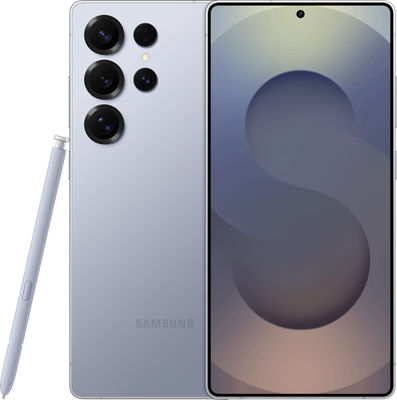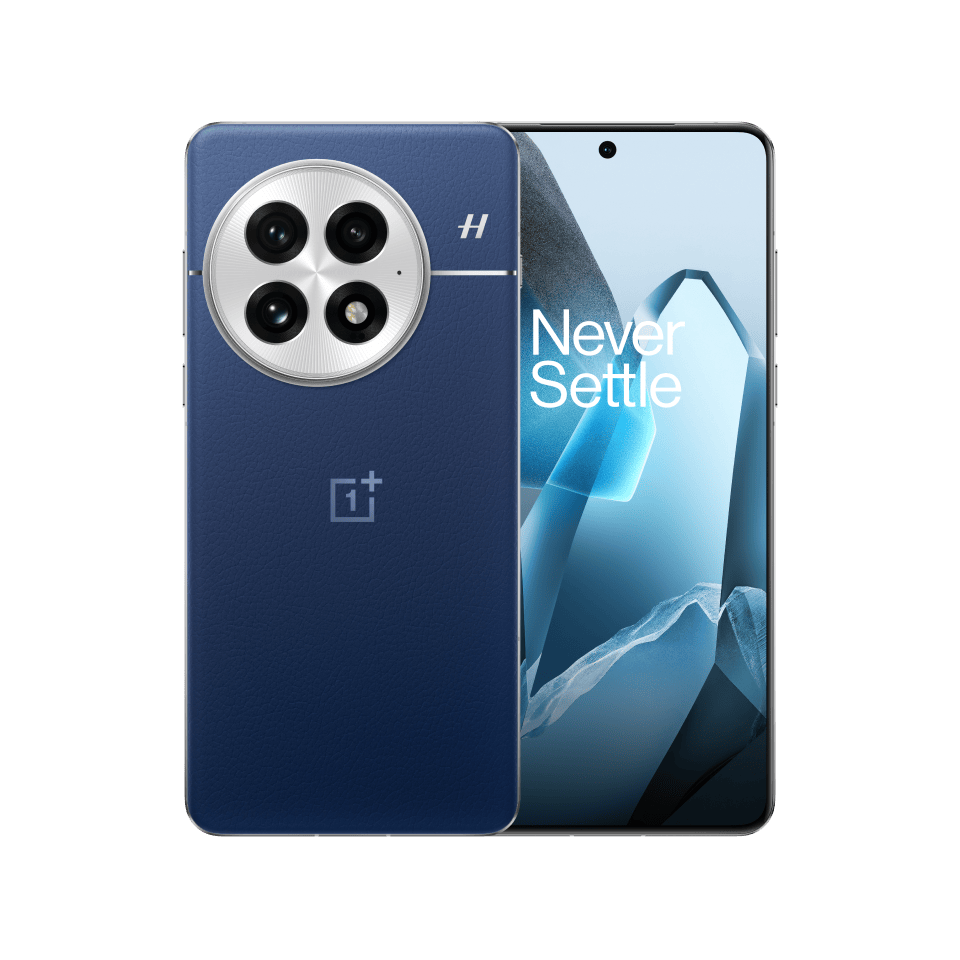Samsung vs OnePlus: Reviewing the 2025 Flagship Phones
In the ever-evolving world of Android smartphones, 2025 has brought us some fierce competition between industry giants. If you're torn between the Samsung Galaxy S25 series and the OnePlus 13, you're not alone. These flagship phones pack cutting-edge features like AI enhancements, stunning displays, and powerhouse performance, making them top contenders for the best Android phones of 2025. In this in-depth comparison, we'll break down the key differences in design, specs, cameras, battery life, and more to help you decide which one suits your needs. Whether you're upgrading from an older model or switching brands, this Samsung vs OnePlus 2025 guide has you covered.
Design and Build Quality: Premium Meets Practical
Both Samsung and OnePlus have refined their designs for 2025, focusing on durability and aesthetics.
The Samsung Galaxy S25 series features a sleek, premium build with titanium frames on the Ultra model for added strength. The S25 and S25+ come in at 6.2 inches and 6.7 inches respectively, while the S25 Ultra stretches to 6.8 inches with an integrated S Pen for productivity enthusiasts. Colors range from subtle Titanium Gray to vibrant options like Silver Shadow, and all models boast IP68 water and dust resistance.
On the other hand, the OnePlus 13 opts for a more minimalist vibe with its signature circular camera module co-engineered with Hasselblad. At 6.82 inches, it's a large device with a vegan leather or glass back option, weighing in at around 210g. It ups the ante with IP69 resistance, making it even more rugged against high-pressure water jets. Available in colors like Midnight Ocean and Black Eclipse, it feels modern and ergonomic.
While Samsung's design screams sophistication, OnePlus offers a bolder, photography-focused aesthetic. If you prioritize a stylus or ultra-premium materials, go Samsung; for a unique look and superior ingress protection, OnePlus edges ahead.
Display: Brightness and Smoothness Battle
Displays are a highlight in any flagship phone comparison, and 2025's models don't disappoint.
Samsung's Dynamic AMOLED 2X screens shine bright—literally. The Galaxy S25 has a 6.2-inch FHD+ panel with 2,340 x 1,080 resolution and up to 2,600 nits peak brightness. The S25+ and Ultra bump it to QHD+ (3,120 x 1,440) with adaptive 1-120Hz refresh rates for buttery-smooth scrolling. Gorilla Armor glass adds scratch resistance, and Vision Booster ensures vibrant colors outdoors.
The OnePlus 13 counters with a 6.82-inch LTPO AMOLED display at 3,168 x 1,440 resolution, hitting an impressive 4,500 nits peak brightness for HDR content. It also supports 120Hz refresh and Dolby Vision, plus Aqua Touch 2.0 for better usability in wet conditions. Eye comfort features like PWM dimming make it easier on the eyes during long sessions.
In real-world use, OnePlus might win for outdoor visibility, but Samsung's color accuracy and anti-reflective coating give it an edge in media consumption. For the best display in 2025 flagships, it's a close call—pick based on size preference.
Performance and Software: Powerhouses with AI Smarts
Under the hood, both brands leverage Qualcomm's Snapdragon 8 Elite chipset, ensuring top-tier performance for gaming, multitasking, and AI tasks in 2025.
Samsung's Galaxy S25 series comes with 12GB RAM standard (up to 16GB on Ultra), handling everything from Genshin Impact to video editing seamlessly. One UI 7 based on Android 15 offers seven years of updates, plus Galaxy AI features like real-time translation and photo editing.
The OnePlus 13 pushes boundaries with up to 24GB RAM and 1TB storage, making it a beast for heavy users. OxygenOS 15 (also Android 15-based) promises four years of major updates and emphasizes fluid animations with its Trinity Engine for optimized battery and heat management. It excels in sustained performance without throttling.
Benchmarks show marginal differences, but OnePlus often feels snappier in daily use due to its software optimizations. Samsung wins for ecosystem integration if you're invested in Galaxy watches or tablets.
Camera Systems: Zoom vs Versatility
Cameras are where these 2025 flagships truly differentiate.
Samsung's Galaxy S25 Ultra leads with a 200MP main sensor, 50MP ultrawide, 10MP 3x telephoto, and 50MP 5x periscope for unmatched zoom capabilities. AI-powered features like Generative Edit and 8K video recording make it a pro-level shooter. The base S25 and S25+ stick to a 50MP triple setup but still deliver excellent low-light performance.
OnePlus 13's Hasselblad-tuned triple 50MP system (main, ultrawide, 3x telephoto) focuses on natural colors and portrait modes. It supports 4K Dolby Vision across all lenses and excels in dynamic range. While it lacks the Ultra's extreme zoom, it's more consistent in everyday photography.
If you're into astrophotography or distant shots, Samsung dominates; for vibrant, hassle-free snaps, OnePlus is a solid alternative.
Battery and Charging: Endurance Champions
Battery life is crucial for flagship phones, and both deliver in 2025.
Samsung's S25 has a 4,000mAh battery, scaling up to 5,000mAh on the Ultra. With efficient chipsets, they offer all-day usage, plus 45W wired and 15W wireless charging. Reverse wireless charging is a handy bonus.
The OnePlus 13 steals the show with a massive 6,000mAh silicon-carbon battery, often lasting two days on moderate use. It supports blazing 100W wired charging (full in 36 minutes) and 50W wireless, making it ideal for power users.
OnePlus clearly wins the battery crown, but Samsung's ecosystem charging options might appeal more to some.
Pricing and Value: Flagship Features on a Budget?
Value is key in any Samsung vs OnePlus comparison.
The Galaxy S25 starts around $799, S25+ at $999, and S25 Ultra at $1,299. They often come with trade-in deals and carrier bundles, justifying the premium for long-term support.
OnePlus 13 launches at $899 for the base 12GB/256GB model, undercutting Samsung's higher tiers while offering comparable (or better) specs in areas like battery and RAM.
If budget is a factor, OnePlus provides flagship performance at a mid-range price. Samsung justifies its cost with superior cameras and software longevity.
Which 2025 Flagship Should You Choose?
The Samsung Galaxy S25 series vs OnePlus 13 boils down to priorities. Samsung excels in camera versatility, display tech, and ecosystem integration, making it ideal for creators and loyalists. OnePlus shines with unbeatable battery life, fast charging, and value, perfect for gamers and efficiency seekers.





